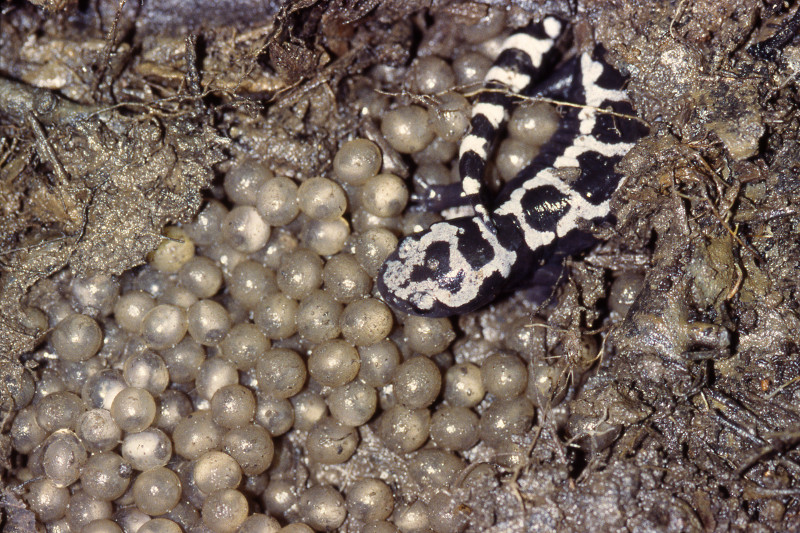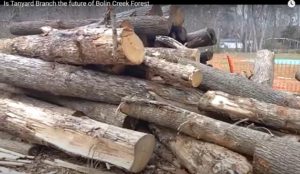
On The Bolin Creek Decision
A perspective from Margaret Wiener
Published in CHAPELBORO, October 24, 2023
I was disheartened by the vote by the Carrboro Town Council in favor of paving beside Bolin Creek’s last remaining section not already so affected. Creekside is the worst choice for siting a greenway from the perspective of stream health, flooding, and the ecosystem. But you have to listen to actual scientists–not NEXT and TBB-to know that. Alternative paths exist, and would be much less expensive, both environmentally and fiscally—though we can only know this by pricing out all paths, not just one.
Those in favor claim that it will mean more people riding bicycles and walking and that will reduce emissions. Emissions are important. Switching to new energy and transportation systems, however, will not put an end to the extraction of oil, given the robust demand for plastics (ubiquitous, e.g., in medicine). Plastics are now everywhere on the planet, and in the bodies of all species. If solar energy (built in the right places) and wind energy are excellent paths to follow to satisfy energy needs, so are efforts to improve efficiency, including green rooftops (will there be one on the new library?). But cutting down trees, putting in more impervious roads, are poor choices for addressing climate change. In most of the country, people have been discovering the costs of heat sinks and frantically planting or re-planting trees. Since trees sequester more carbon when they are older, it is far better to leave old trees in place than to plant new ones.
And then there’s flooding. Water always wins. Recall the devastation wrought to roadways in Vermont only months ago, and that’s the future of a concrete path along the creek, given the kind of rainfall we have been having, which will only become worse. Waterways need to meander; when they overflow (increasingly the case here, with the growing intensity of storms) their banks absorb the excess–they are, in short, floodplains. In most states, floodplains are MANDATED, to help with climate resiliency. But Carrboro’s Town Council wants to destroy a floodplain. If you pave alongside the creek, it will mean water can only rush downstream to. . . Camelot Village. Nice inclusion! This is environmental injustice. Moreover, this unpaved portion of Bolin Creek is the last part with even the barely adequate EPA rating of “good fair.” Every other section, paved, is worse. The insects still barely present in the unpaved portion are the foundation of the forest ecosystem. All of the claims being touted–“but it’s already damaged as an OWASA easement”; “it’s already impervious” “it’s eroded and concrete will help”–are either misinformed or deliberately deceptive.
As for transportation: it will never be the case that everyone can ride a bicycle in a place as hilly as Carrboro and Chapel Hill—or even that those who can will choose to when it rains or snows. Electric cars and bikes have costs no one is discussing (for one, electric cars are much heavier, which means worse accidents; then there is the matter of materials for batteries.) Many who want a greenway have noted how unsafe Carrboro’s bike lanes are. They are right. That is a real problem; there is no separation between cars and bicyclists and there absolutely should be on the roads themselves. (See Franklin Street for one way to accomplish that. Or what is happening on Estes and could certainly happen if the greenway were on Sewell School Road instead.) Greenways are great. Just not in this location.
I once put a lot of faith in the Green New Deal. It increasingly looks to me like greenwashing: a way to maintain an unsustainable way of life. Development is at least equally (I would say more) responsible for the current crisis, which involves considerably more than global warming but encompasses a wide range of anthropogenic impacts on the planetary web of life. We are part of that web of life, however much we prefer to focus only on human comfort, convenience, and pleasure. Treating what we call nature as purely a resource for fulfilling human desires has gotten us into this mess. It is well beyond time for a radical change in our values and practices.
Margaret Wiener
Carrboro




